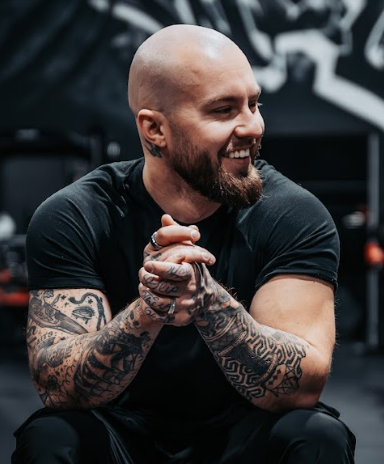Cocaine is a powerful stimulant that produces intense euphoria by flooding the brain with dopamine. Its highly reinforcing effects can lead to rapid psychological dependence, and quitting often triggers profound fatigue, depression, and cravings. Inpatient cocaine rehab in Anaheim offers a controlled, immersive environment where medical professionals and therapists work together to break the cycle of addiction and build a sustainable pathway to sobriety.
The Nature of Cocaine Dependence
Unlike opioids, cocaine does not typically cause severe physical withdrawal symptoms. Instead:
- Psychological cravings dominate, as the brain’s reward system adapts to spikes of dopamine.
- Crash phases follow use, characterized by exhaustion, irritability, and dysphoria.
- Behavioral risks—impulsive spending, legal troubles, and relationship strain—often escalate as addiction deepens.
Understanding these patterns is crucial. Cocaine’s impact may be less physiologically dangerous than opioids, but its psychological grip is equally formidable.
Why Choose Inpatient Cocaine Rehab?
- Structured Daily Schedule
- A consistent routine replaces chaotic drug-seeking behaviors with therapy, education, and healthy activities.
- Removing access to cocaine and triggers (people, places, and situations associated with use) aids focus on recovery.
- A consistent routine replaces chaotic drug-seeking behaviors with therapy, education, and healthy activities.
- Comprehensive Therapeutic Modalities
- Cognitive Behavioral Therapy (CBT): Teaches you to recognize and reframe thought patterns that drive use.
- Dialectical Behavior Therapy (DBT): Builds skills in emotional regulation and distress tolerance, key when cravings strike.
- Contingency Management: Uses positive reinforcement—like privileges or tokens—for meeting treatment goals.
- Cognitive Behavioral Therapy (CBT): Teaches you to recognize and reframe thought patterns that drive use.
- Medical and Psychiatric Support
- While cocaine detox is not typically medically intensive, co-occurring mental health issues—depression, anxiety, or bipolar disorder—require psychiatric evaluation and medication management.
- While cocaine detox is not typically medically intensive, co-occurring mental health issues—depression, anxiety, or bipolar disorder—require psychiatric evaluation and medication management.
Midway through residency, many participants find that the structured support makes cravings more manageable. That’s why enrolling in an inpatient cocaine rehab center combines cognitive therapy and lifestyle coaching to break the cycle of use.
Key Features of Anaheim’s Cocaine Programs
1. Initial Assessment and Stabilization
- Comprehensive evaluations identify co-occurring disorders, medical issues, and personal recovery goals.
- Stabilization includes sleep hygiene education and management of crash symptoms.
2. Individual and Group Therapy
- Individual Counseling: Focuses on personal triggers—stress, social pressures, or trauma—and designs a customized relapse prevention plan.
- Group Sessions: Foster peer accountability through process groups, relapse prevention workshops, and psychoeducational lectures.
3. Skill-Building Workshops
- Stress Management Techniques: From mindfulness to progressive muscle relaxation.
- Life Skills Training: Job readiness, budgeting, and communication skills support a well-rounded recovery.
- Healthy Coping Strategies: Exercise plans, creative outlets, and social connection replace drug use habits.
4. Holistic and Complementary Services
- Art and Music Therapy: Offers nonverbal expression of emotions and trauma.
- Yoga and Meditation: Improve mental clarity, reduce anxiety, and enhance physical health.
- Nutrition Counseling: Restores balance after poor dietary habits common in addiction.
Aftercare Planning for Lasting Recovery
Sustained sobriety depends on robust aftercare:
- Intensive Outpatient Programs (IOP): Regular therapy and group meetings ease the transition home.
- 12-Step Meetings and Peer Support Groups: Ongoing fellowship provides accountability and shared experiences.
- Alumni Activities: Social events and check-ins maintain a sense of community and purpose.
Tips for Success in Cocaine Recovery
- Stay Committed to Therapy: Consistency in session attendance strengthens coping skills.
- Leverage Peer Support: Share challenges and successes with fellow clients.
- Develop Healthy Habits: Balanced nutrition, exercise, and sleep bolster mental resilience.
- Plan for High-Risk Situations: Work with your therapist to create concrete action steps for handling cravings or social pressures.
By addressing both the psychological and lifestyle factors of cocaine dependence, inpatient rehab in Anaheim offers a holistic roadmap to recovery. The combination of structured therapy, peer support, and practical life skills empowers you to reclaim control and build a fulfilling, cocaine-free future.



